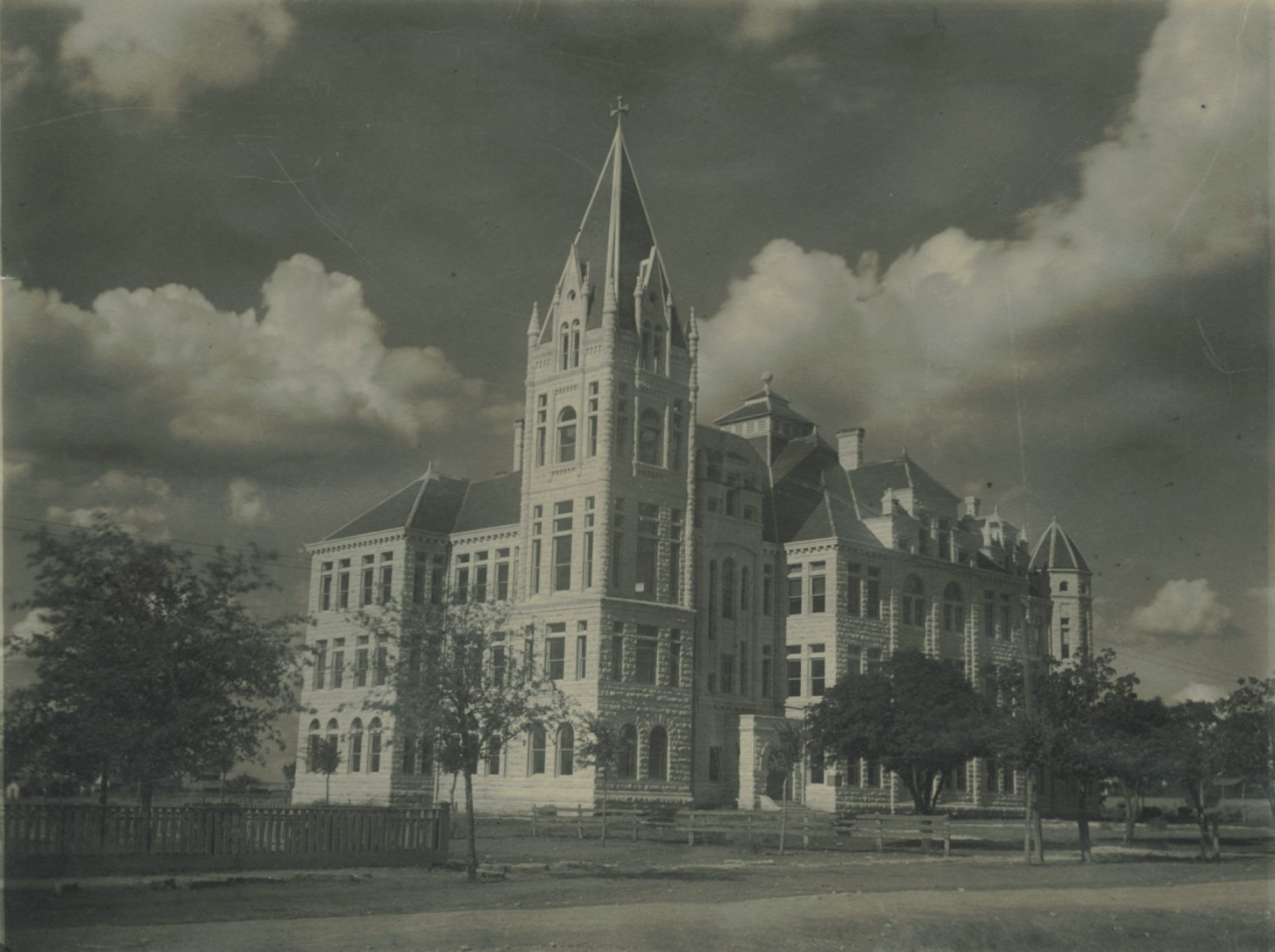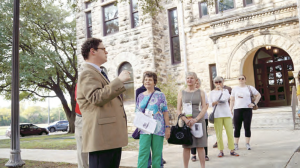
This year, Special Collections celebrated Homecoming with a walking tour! We hosted around 30 alumni, students, and staff members on a tour that explored how our campus has developed institutionally and geographically since its inception.
We began in Special Collections by sharing a few items related to our goals for the tour. Among these were stones from one of our root institutions, Soule University, and an architectural model of the Perkins Chapel.
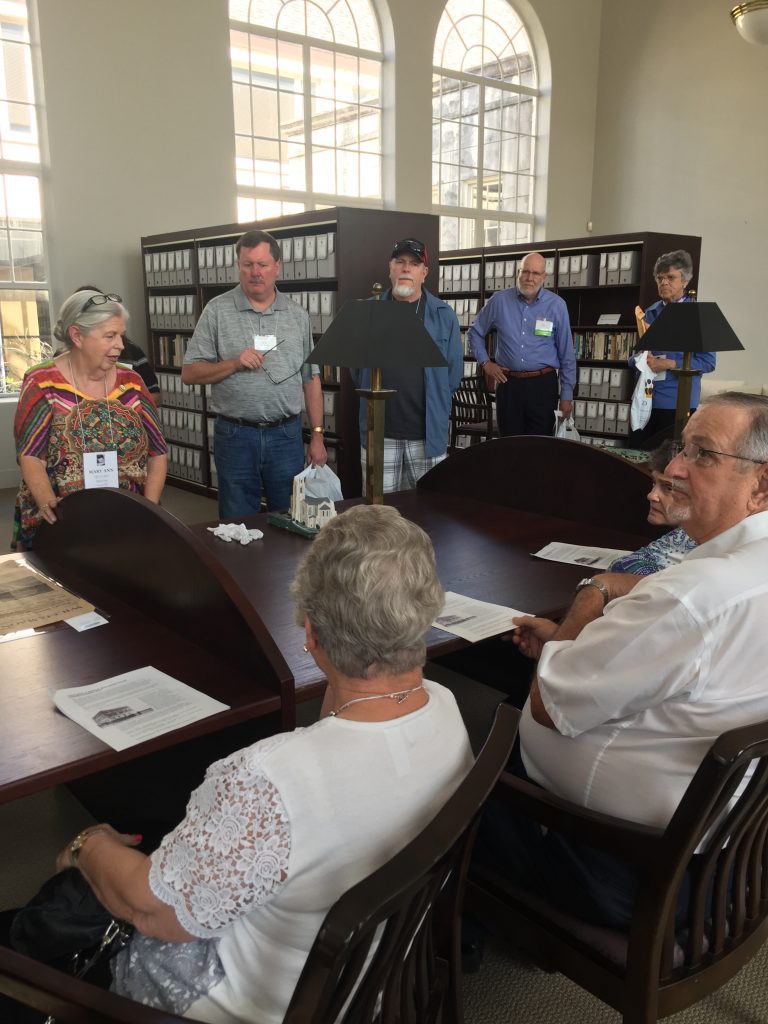
After leaving Special Collections, we visited several buildings (and sites of former buildings) significant to campus history.
First, we walked to the site of the Ladies’ Annex, which was built in 1889 and served as the locus of education and boarding for all female students at Southwestern. In January 1925, a fire destroyed the entire building. Amazingly, the 200 women who were living in the Annex survived, due to the rapid response of the Dean of Women, Laura Kuykendall.
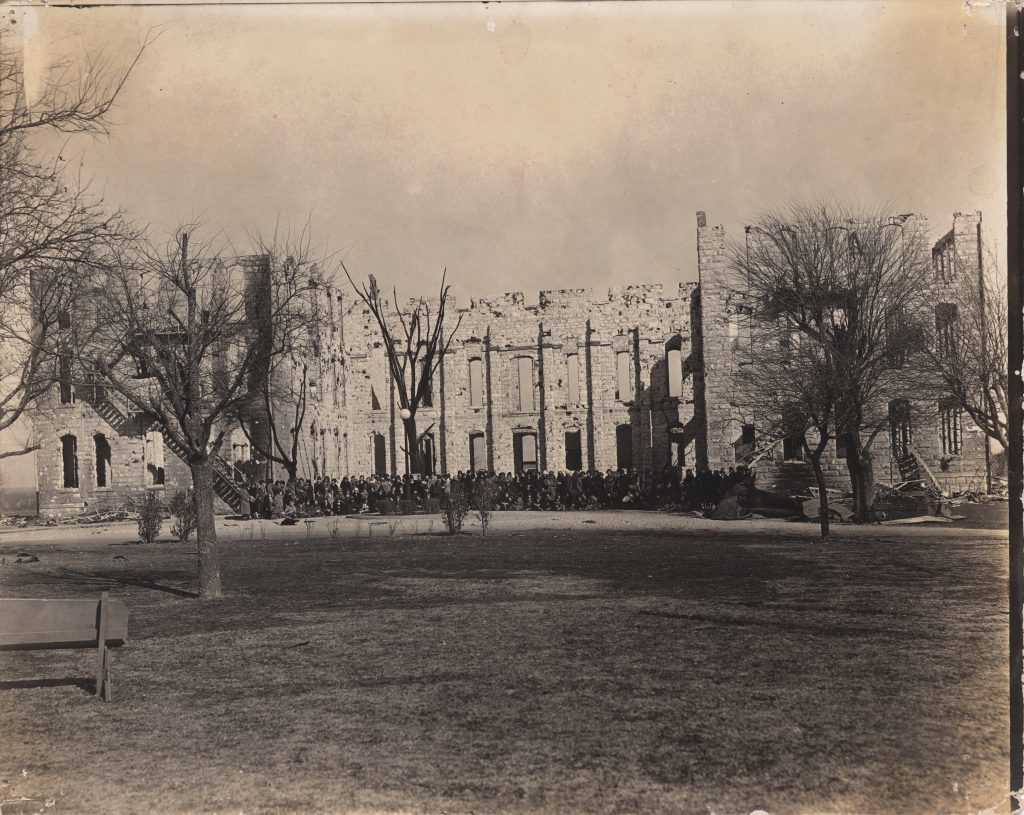
Within a year, Laura Kuykendall Hall was built where the Ladies’ Annex had stood. LK Hall was used as a women’s dormitory between 1926 and 1996. Consequently, many alumnae on our tour discussed fond memories of their time in LK Hall as we covered its history. Today, first-year residential halls occupy the former site of the Ladies’ Annex and Laura Kuykendall Hall.
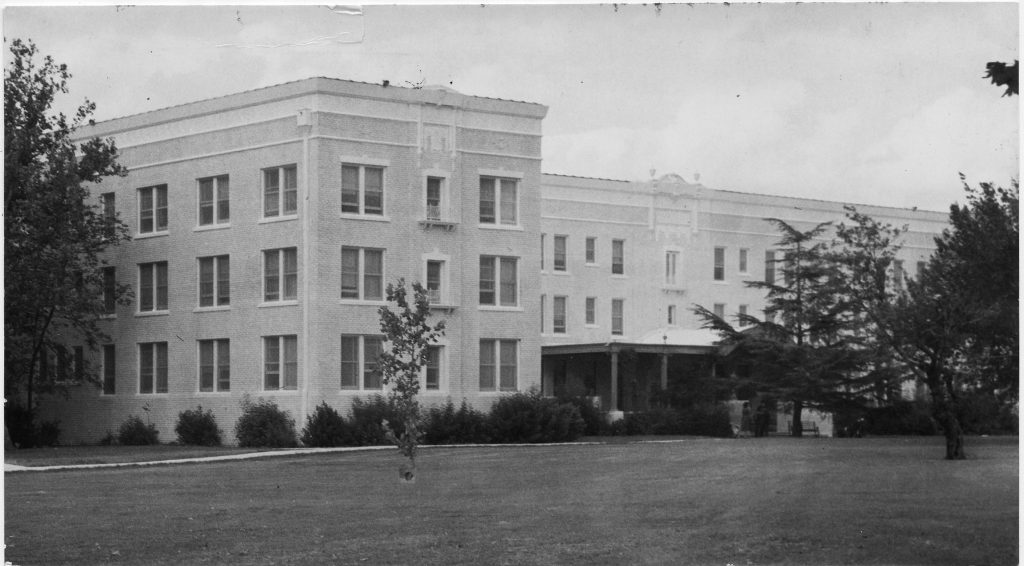
Then, we traveled west to the Roy and Lillie Cullen Building (formerly, the Administration Building), which was constructed in 1900 and is the oldest building still standing on Southwestern’s campus.
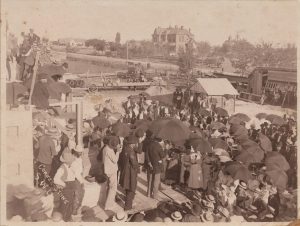

Across University Avenue from the Cullen Building is the location of the former Pirate Tavern. Opened in 1930, the Tavern was a popular hangout just off campus. In 1943, the Tavern was acquired by the University and served as a soda fountain and post office, until its closure in 1957.

Nearby stands Mood-Bridwell Hall (formerly, Mood Hall). The building now houses faculty offices and classrooms, but it was designed as a residential facility when it was constructed in 1908. Notable Southwestern alumni J. Frank Dobie and John G. Tower both lived in Mood Hall during their undergraduate years.
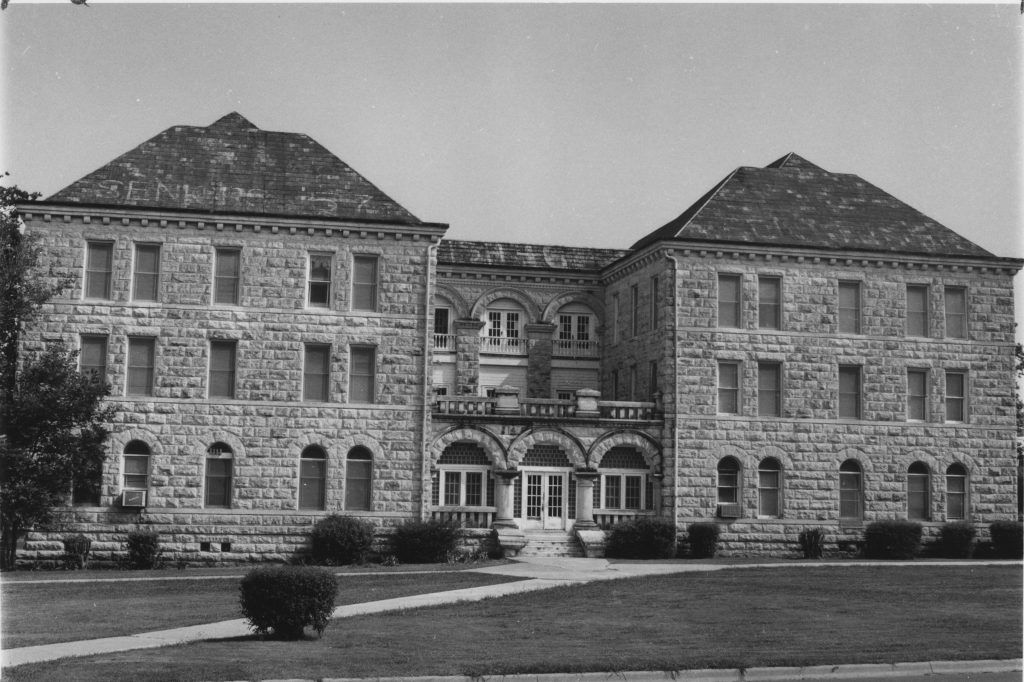
The last stop took us to the McCombs Campus Center. When the Center was built in 1998, it absorbed the Bishop’s Memorial Union, a space for student social activities. Today, the McCombs Campus Center continues to house social functions, along with the dining hall and post office.
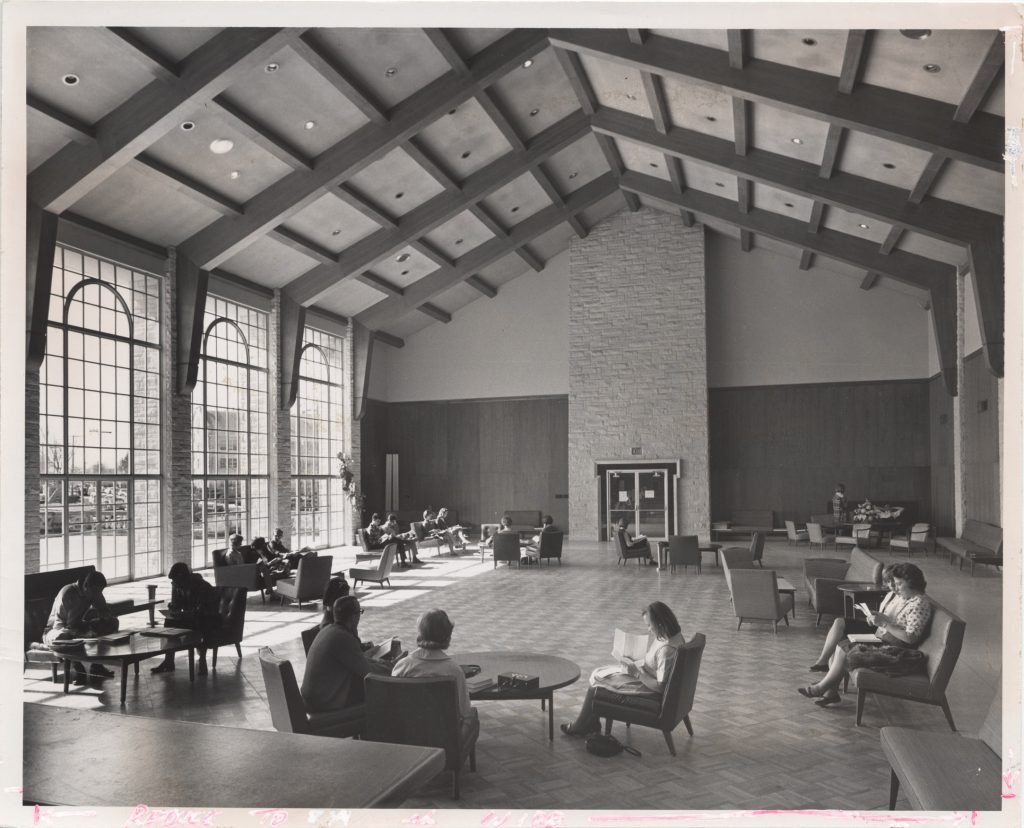
We were incredibly gratified by the positive feedback we received for the historical campus walking tour. I especially enjoyed the opportunity to speak with alumni about their college experiences and to imagine Southwestern’s campus as a shared space across generations.
